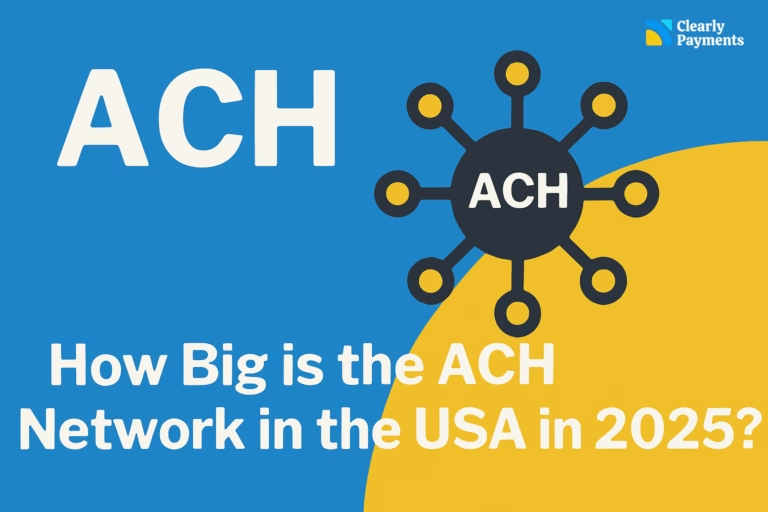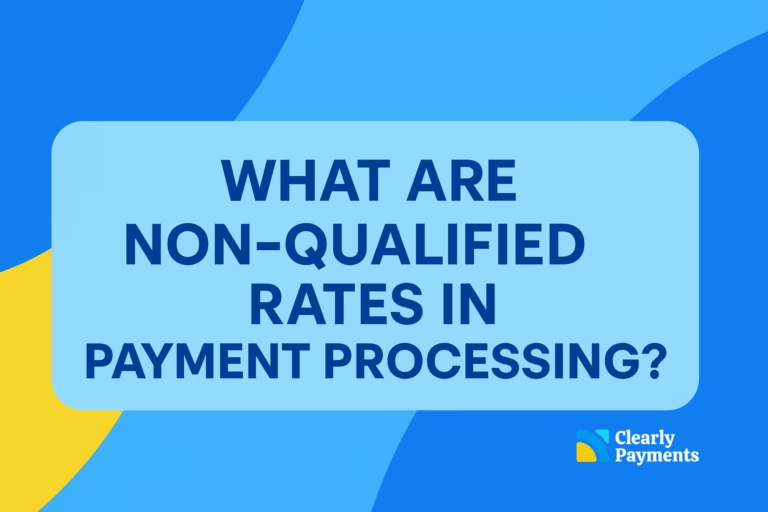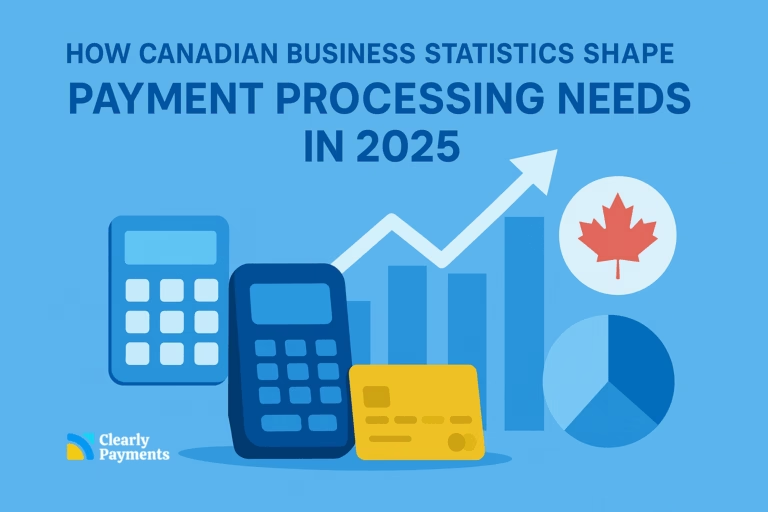If you run a business that accepts payments online, the way your checkout works can determine whether a sale is completed or lost. Customers expect fast, secure, and intuitive transactions. If the process feels clunky, they’ll often abandon it. That’s where payment gateway integrations come in.
These behind-the-scenes tools connect your website, booking system, or app with the banks and processors that move money. Done right, integrations create a better customer experience, improve cash flow, and reduce administrative work.
This guide breaks down what a payment gateway integration is, how it works, the setup options available, and what to look for in a provider.
What Is a Payment Gateway Integration?
At its core, a payment gateway is a secure bridge that transmits payment details, like a card number or digital wallet credentials, to the processor, then returns an approval or decline response. Think of it as a private tunnel that links your business to the global financial system.
A Payment API (Application Programming Interface) powers this connection, making sure your booking platform, shopping cart, or invoicing system can talk to the gateway and update records in real time. Without this link, you’d be left manually checking whether payments went through, a slow and error-prone process.
How a Payment Gateway Integration Works
When someone pays online, a lot happens in just a few seconds. Behind the scenes, your system, the gateway, and the processor communicate in real-time to verify details, process transactions, and confirm results. Here’s how it flows:
Customer submits payment — They enter card or wallet details in your checkout form.
Your system sends the request — The information is passed securely to the gateway through an API.
The gateway acts as the middleman — It checks formatting, encrypts the data, and sends it to the processor.
Processor routes the request — The processor contacts the customer’s bank or card network to check funds and fraud indicators.
Approval or decline — The bank responds almost instantly.
Results sent back — The processor returns the decision to the gateway, which passes it to your system.
Your system updates automatically — Booking confirmed, cart completed, or payment declined — all in real time.
This all happens in 2–3 seconds, with no manual input required.
The Restaurant Analogy
Imagine you’re at a restaurant:
You (the customer) tell the waiter (your booking system) what you’d like.
The waiter takes your order to the kitchen (the payment API).
The kitchen confirms whether they have the ingredients (the payment gateway).
The chefs prepare the meal (the processor and banks).
The waiter brings the dish back and lets you know it’s ready (the API again).
From your perspective, the meal simply arrives at the table — just like customers see their payment “go through” without realizing the checks and communication happening in the background.
Integration Options: Hosted, Self-Hosted, and Plugins/SDKs
Different approaches to integration suit different businesses. The right choice depends on how much customization and technical work you want to take on.
1. Hosted Payment Gateway (Low Effort)
In a hosted payment gateway, our customers are redirected to a provider’s secure page to complete payment. PCI compliance is handled for you, and setup is fast. The trade-off: you lose some control over branding and user experience, and redirection can increase cart abandonment.
Best fit for: freelancers, consultants, or early-stage businesses without developer resources.
2. Self-Hosted Payment Gateway (High Control)
Payments happen directly on your site. You can fully customize the design and checkout flow, creating a polished and professional brand experience. However, it requires more development work and you assume greater PCI responsibility.
Best fit for: growing businesses like clinics, salons, or subscription services that want seamless, on-brand checkouts.
3. Plugins and SDKs (Fast Setup)
Many gateways offer plugins for platforms like Shopify or WordPress, or mobile SDKs for app payments. These prebuilt options are simple to implement and great for testing or launching quickly. But customization is limited, and they may not scale well as your needs grow.
Best fit for: online stores, course creators, or app startups needing quick, lightweight integration.
Why Payment Gateway Integration Matters
A strong integration improves both customer experience and internal efficiency. Key benefits include:
Higher sales completion: Fewer clicks and redirects mean lower cart abandonment.
Customer trust: Instant approvals and a polished checkout flow create confidence.
Flexibility in payments: Accept cards, ACH, e-transfers, and digital wallets.
Time savings: Automatic reconciliation, refunds, and reporting reduce manual work.
Cash flow stability: Payments are authorized and settled faster.
Recurring revenue: Securely store payment info for subscriptions or one-click re-orders.
For service businesses, integrations also reduce no-shows with prepayment or deposits.
Features to Expect in a Modern Payment Gateway
When evaluating options, ensure your provider includes features like:
Support for multiple payment types: cards, ACH/EFT, Apple Pay, Google Pay, etc.
Encryption and tokenization to protect sensitive data.
Full PCI-DSS compliance.
Fraud detection tools: AVS, CVV, velocity checks, and 3D Secure.
Subscription and recurring billing support.
Refund and transaction management via dashboard or API.
Customer data vaults for one-click repeat checkouts.
Well-documented APIs, SDKs, and plugins for easy integration.
Real-time reporting and alerts for transactions, disputes, and chargebacks.
Multi-currency support for international growth.
Choosing the Right Payment Gateway
A payment gateway is more than just a way to process cards. The provider you choose affects your costs, customer experience, and scalability. Focus on these factors:
1. Cost Transparency
Don’t just compare transaction rates. Look at setup fees, monthly fees, refund or chargeback costs, currency conversion fees, and hidden charges like failed transaction fees.
2. Developer Tools & Flexibility
APIs, plugins, sandbox environments, and clear documentation make integrations easier. Check reliability and uptime guarantees too.
3. Compatibility with Existing Tools
Make sure the gateway works with your current systems — shopping cart, booking software, CRM, or accounting platform.
4. Customer Support
Strong support (phone, chat, email), clear system status updates, and a helpful knowledge base are essential when problems arise.
5. Scalability
As you grow, your provider should handle more volume, new currencies, and new payment methods without friction. Review whether extra charges apply for advanced API usage.
Keeping Online Payments Secure
Security isn’t just a compliance requirement, it’s central to protecting your customers, your reputation, and your bottom line. A single breach or case of fraud can cause financial loss and damage customer trust, which is why choosing the right gateway and following best practices are so important.
What Your Payment Gateway Should Provide
Modern gateways should have multiple layers of protection that work silently in the background:
End-to-End Encryption – Every transaction should be encrypted so sensitive data is unreadable to anyone trying to intercept it.
Tokenization – Card numbers are replaced with randomized tokens, so your business never stores raw card details.
PCI-DSS Level 1 Compliance – The highest level of payment industry certification ensures the provider follows strict standards for handling card data.
3D Secure 2.0 – Extra authentication for online purchases (e.g., customers confirm with their bank or mobile app), reducing chargebacks and unauthorized use.
Fraud Prevention Tools – Address Verification (AVS), CVV matching, velocity checks, device fingerprinting, and machine learning risk analysis.
Real-Time Monitoring – Alerts for suspicious activity, declined payments, or potential fraud so you can act quickly.
Regular Security Updates – Ongoing patches and upgrades to guard against evolving threats.
Your Responsibilities as a Business
While gateways carry the bulk of the security load, merchants also play a vital role in keeping payments safe:
Always use HTTPS on your website and booking pages.
Protect your API keys — never share them in emails, documents, or public code repositories.
Keep systems updated — apply software and plugin updates promptly to patch vulnerabilities.
Limit access to sensitive data — only authorized team members should handle payment information.
Complete PCI compliance requirements — even with a secure gateway, you may need to submit a self-assessment questionnaire or follow specific processes based on transaction volume.
Monitor your reports — review payment logs regularly to spot unusual behavior or fraud early.
Educate your staff — simple training on handling customer data securely can prevent costly mistakes.




